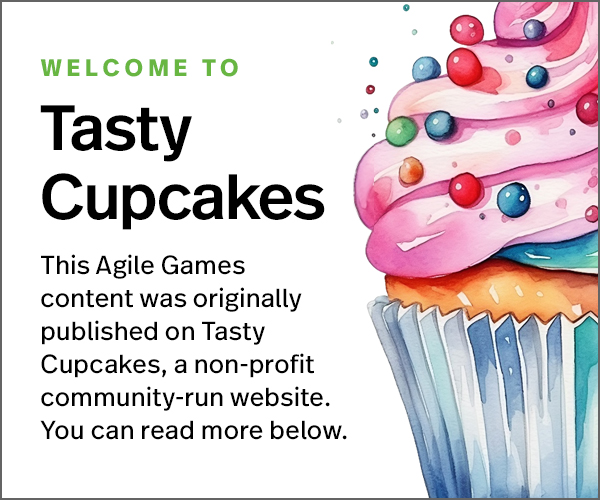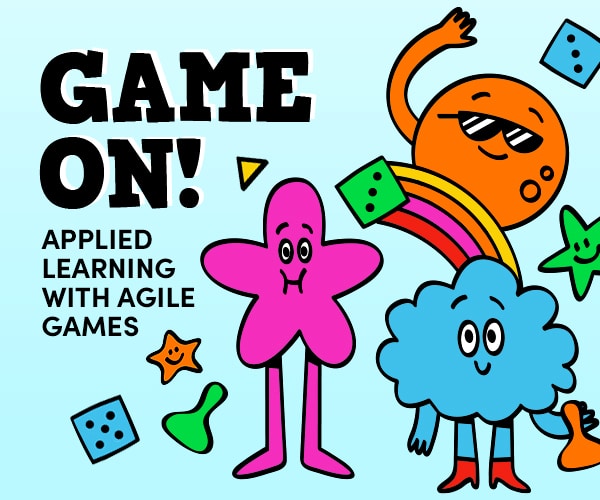This is a useful exercise to conduct in a classroom or together with your Scrum team. It creates alignment around the purpose of each event in Scrum and the roles that participate in each event. It’s great to spark a conversation and make sure everyone understands the foundations of Scrum.
Timing: 30 minutes. This is the expected time to run the game, including prep and debriefing: 10 minutes for participants to fill out the blank worksheet, and 20 minutes for debriefing.
Materials
Each person on the team or at the table needs the following materials:
- A pen, pencil, or fine Sharpie to write
- A printed copy of the Scrum workflow (no labels) and of the keywords page
This worksheet presents the Scrum workflow as defined by the official Scrum Guide. It is composed of 5 events (Sprint, Sprint Planning, Daily Scrum, Sprint Review, and Retrospective) plus the Refinement Activities. It also shows the roles (Product Owner, Scrum Master, and Development Team) that participate to each event, and the artifacts (Product Backlog, Sprint Backlog, Sprint Goal, and Product Increment) produced by the Scrum Team throughout the process.
The Scrum workflow can be downloaded here: https://www.5dvision.com/docs/scrum-workflow/
Exercise: Learn the Scrum workflow
The second part of this worksheet is an exercise that helps teams learn the core elements of the Scrum workflow in a simple and fun way. The exercise is composed of two pages:
- The Scrum workflow without labels. The diagram shows all events, roles, and artifacts, but no one has a label indicating its name. It’s the job of students to identify the right name for each component.
- The list of keywords to use to fill in the previous page. This is a reference page that shows all keywords to identify the events, roles, and artifacts of the Scrum workflow, and give them a name.
How to run the exercise
Participants can do this exercise “solo”, in pairs, or together with their team.
Explain the visual difference between “Events” (gray boxes on the diagram), “Roles” (two lines), and “Artifacts” (one line). And share the list of keywords.
Then ask the participants to fill in the Scrum workflow with the names of the events, roles, and artifacts using the list of keywords provided. Give them 10 minutes to do so.
At the end of the exercise, review the Scrum workflow to provide the correct answers. You can share the printed copy with all the labels, or you can have a copy affixed on the wall and you could go through each component answering any questions the participants may have.
Hint: the solutions are provided on the first page. When in doubt, refer to that page, or consult the Scrum Guide.






